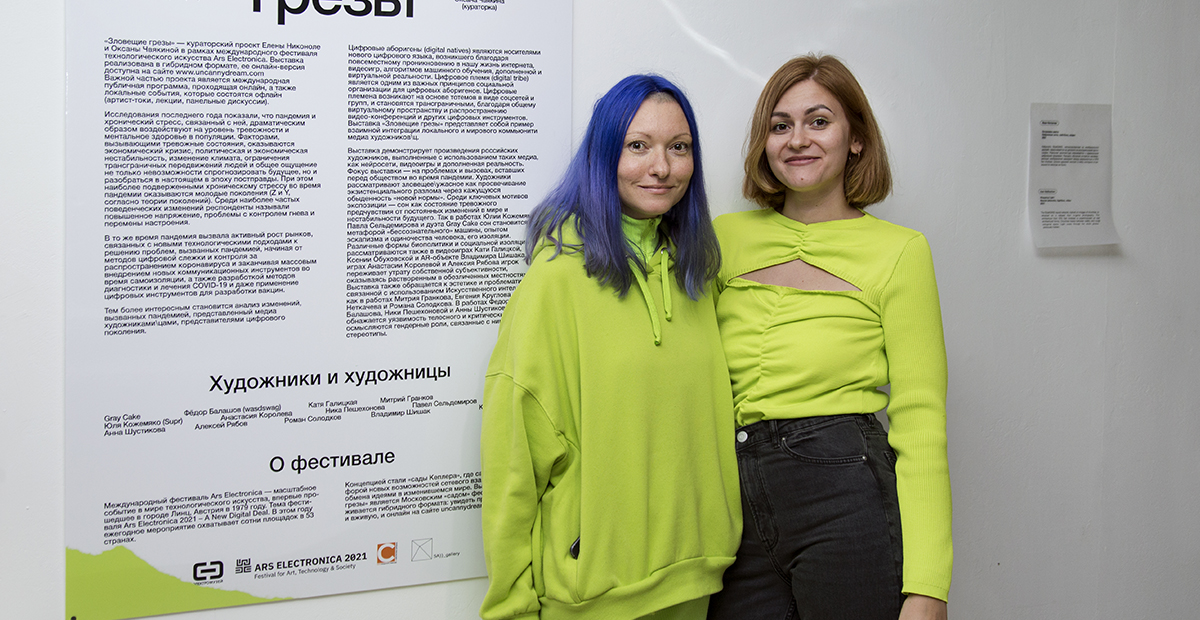
![]() From left to right_ curators Helena Nikonole and Oxana Chvyakina at the opening of ‘Uncanny Dream’. Electromuseum in Rostokino, Moscow (03.09.2021). Photo_ Kseniya Yablonskaya
From left to right_ curators Helena Nikonole and Oxana Chvyakina at the opening of ‘Uncanny Dream’. Electromuseum in Rostokino, Moscow (03.09.2021). Photo_ Kseniya Yablonskaya
Text
J u l i a K r y s h e v i c h
Photo
K s e n i y a Y a b l o n s k a y a
The recently opened Ars Electronica festival puzzles us with this year’s theme A New Digital Deal. And it’s not that we haven’t shaken the idea of the omnipresent digitalization, which has reached its apogee during the global series of lockdowns, but just the very thought occupying our minds, how can we deal with that? May the new order of things change our lives for better or worse? And eventually, is that such a new thing?
While the current edition of Ars Electronica is running in a hybrid format, which both implies on-site events in different countries around the globe and online projects, I was lucky enough to personally meet Helena Nikonole and Oxana Chvyakina, the curators of the Moscow-based ‘Kepler’s Garden’ this year (the 2020 concept of ‘Kepler’s Gardens’ has successfully assimilated in the ground of the festival, so that this time the system of ‘gardens’ has spread itself internationally). Oxana and Helena have in detail told about their project Uncanny Dream: the way it matches the spirit of the time, correlates with the general idea of the edition, and seamlessly rests upon personal links.
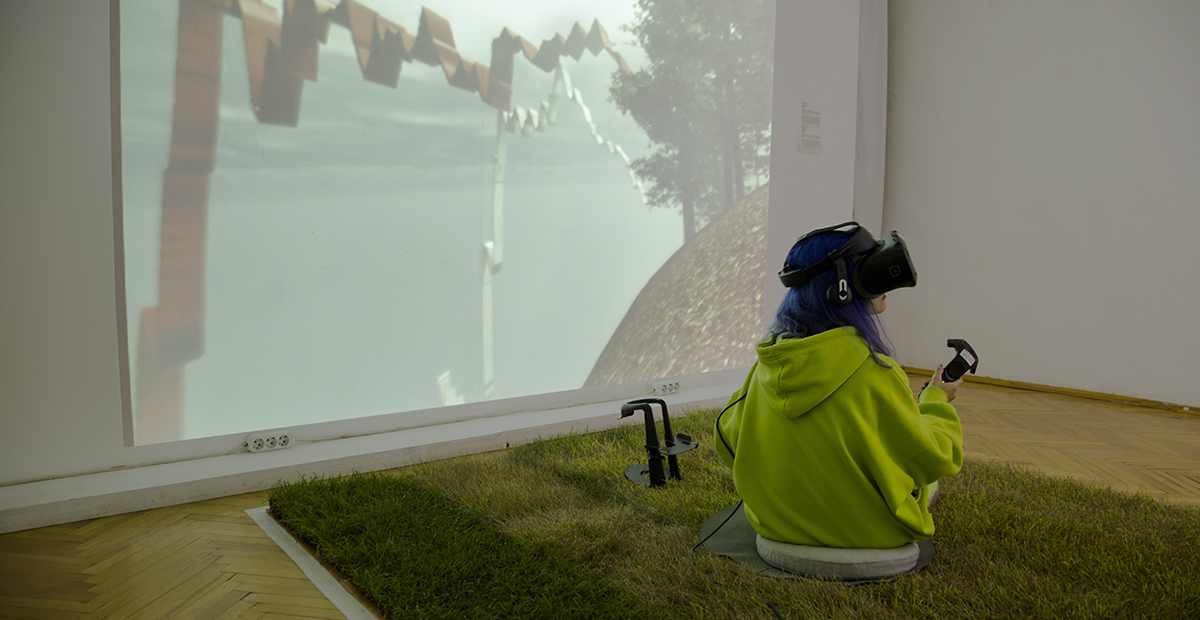
![]() ‚The Becoming‘ by Pavel Seldemirov. Courtesy of the Artist
‚The Becoming‘ by Pavel Seldemirov. Courtesy of the Artist
Helena, Oxana, I am really glad to be speaking with you today, a week away from the opening of Ars Electronica, one of the biggest digital art festivals in the world and probably the most famous one.
Just before we get down right to the topic of your exhibition, I would like to focus particularly on the Ars Electronica festival. What are your impressions of this season? Is it the first time you take part in the event?
Helena Nikonole: Personally, I have visited the festival many times. Before the pandemic, I took part in Ars Electronica both as an artist and as a curator. Just last year, together with my colleague and the other curator Olga Vad, we intended to exhibit in Linz, but as the pandemic spoiled our plans, we had to transfer the show to Moscow, to the Electromuseum. Parallel to it, we created an online part. So, yes, this is the second time.
This year I have invited Oxana to join me: I chose Oxana because of her incredible experience in curating the Wrong Biennale (an art biennial for digital culture hosted online since 2013). I just thought we would make a perfect duo 🙂
Oxana Chvyakina: As for me, it was my first Ars Electronica experience. I have curated online projects before, but the thing with the Ars Electronica festival this year was to create a hybrid event. The exhibition Uncanny Dream will take place both on-site, in the Moscow-based Electromuseum and digitally. The theme for this year sounds like A New Digital Deal. The festival’s system is conceived as a network of gardens spread over the world. So we decided to create one in Moscow. I am happy to be doing it together with Helena.
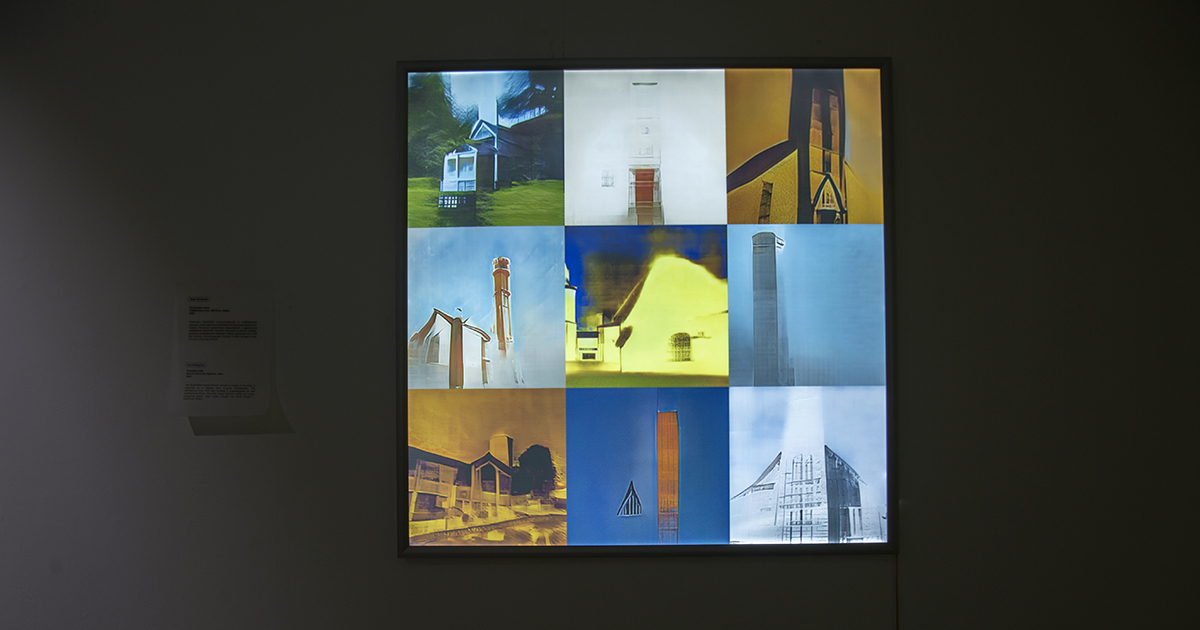
![]() ‚Stopping Light‘ by Ivan Netkachev. Courtesy of the Artist
‚Stopping Light‘ by Ivan Netkachev. Courtesy of the Artist
That was exactly my next question. The currently unfolded age of ‘Coronacene’ has affected Ars Electronica — as you have already mentioned, today it hosts both online and offline projects on par. To your mind, what influence did this ‘going digital’ step have on the entire concept of the festival, if any?
H.N: Actually, it is the second time the Ars Electronica festival hosts its projects in a hybrid form. I guess this year the organizers of Ars Electronica have learnt some lessons from 2020, so they could incorporate the experience.
You know, the huge part of the festival, which is networking — when you just enter the show and meet new people — is missing this time. That’s why they came up with those special platforms Wonder.me and Swapcard that represent a virtual space for connecting with others. You just visit the platform, see the profile pics of those who have joined the conversation, and dive right in! I think it helps. The point is, we would still like to go to Linz with the artists to attend Ars Electronica physically, but in the circumstances, at least, we have some digital opportunities.
The one that I particularly cherish is coming ahead. On September 11 there will be a 24-hour multimedia performance in the Moscow-based Cube art space, with a live stream running parallely on the project website. The participants will construct a disturbing image of an everyday global catastrophe, elements of which surround us during the third decade of the 21st century. Different toolsets like electronic musical instruments, game engines, DIY synthesizers, the artists’ voices and many others will be involved. The performance promises to be a great event, which might open up the topic of Uncanny Dream even more. I’m glad that it will be available digitally, which means globally.
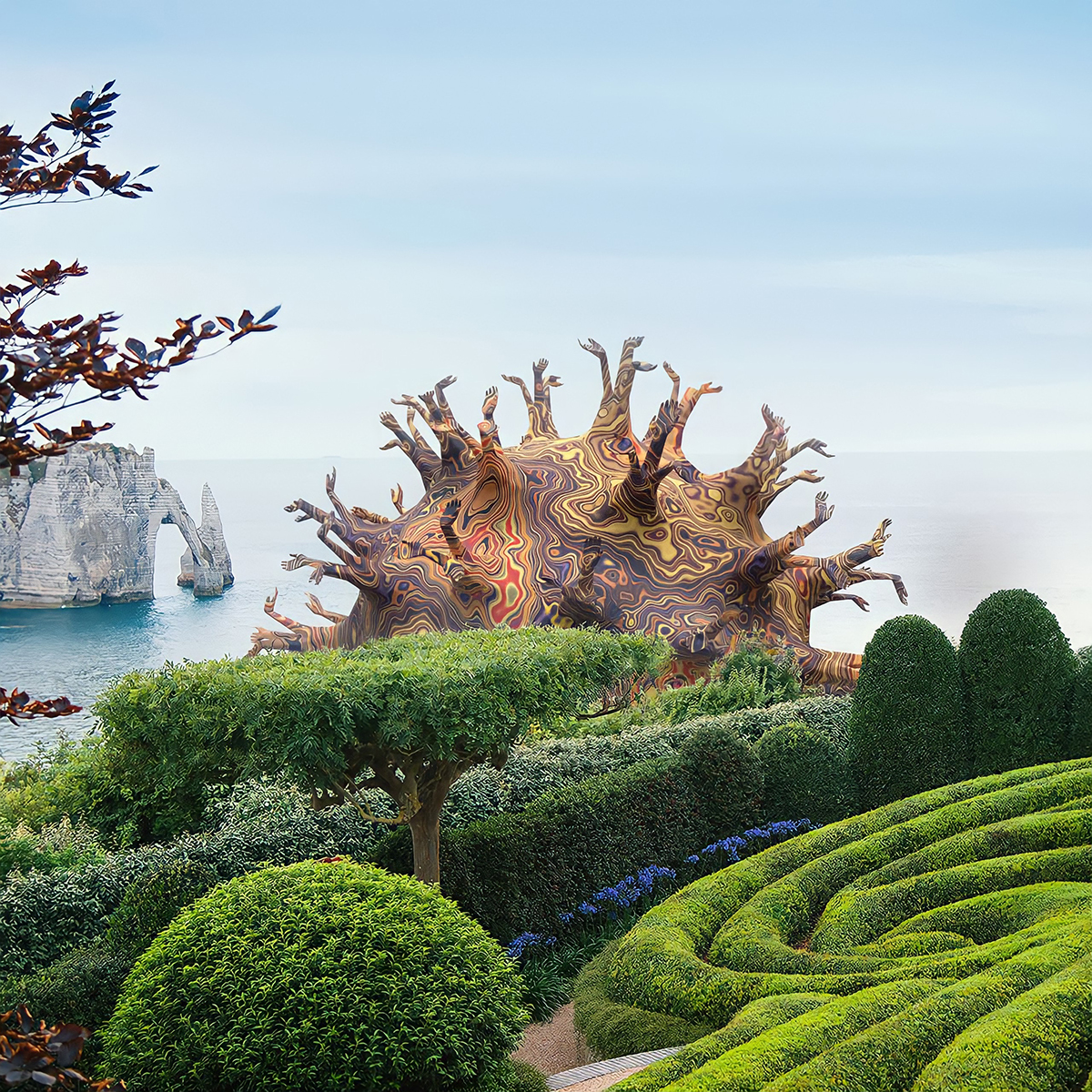
![]() ‘Charon AR’ by Vladimir Sheshak. Courtesy of the Artist
‘Charon AR’ by Vladimir Sheshak. Courtesy of the Artist
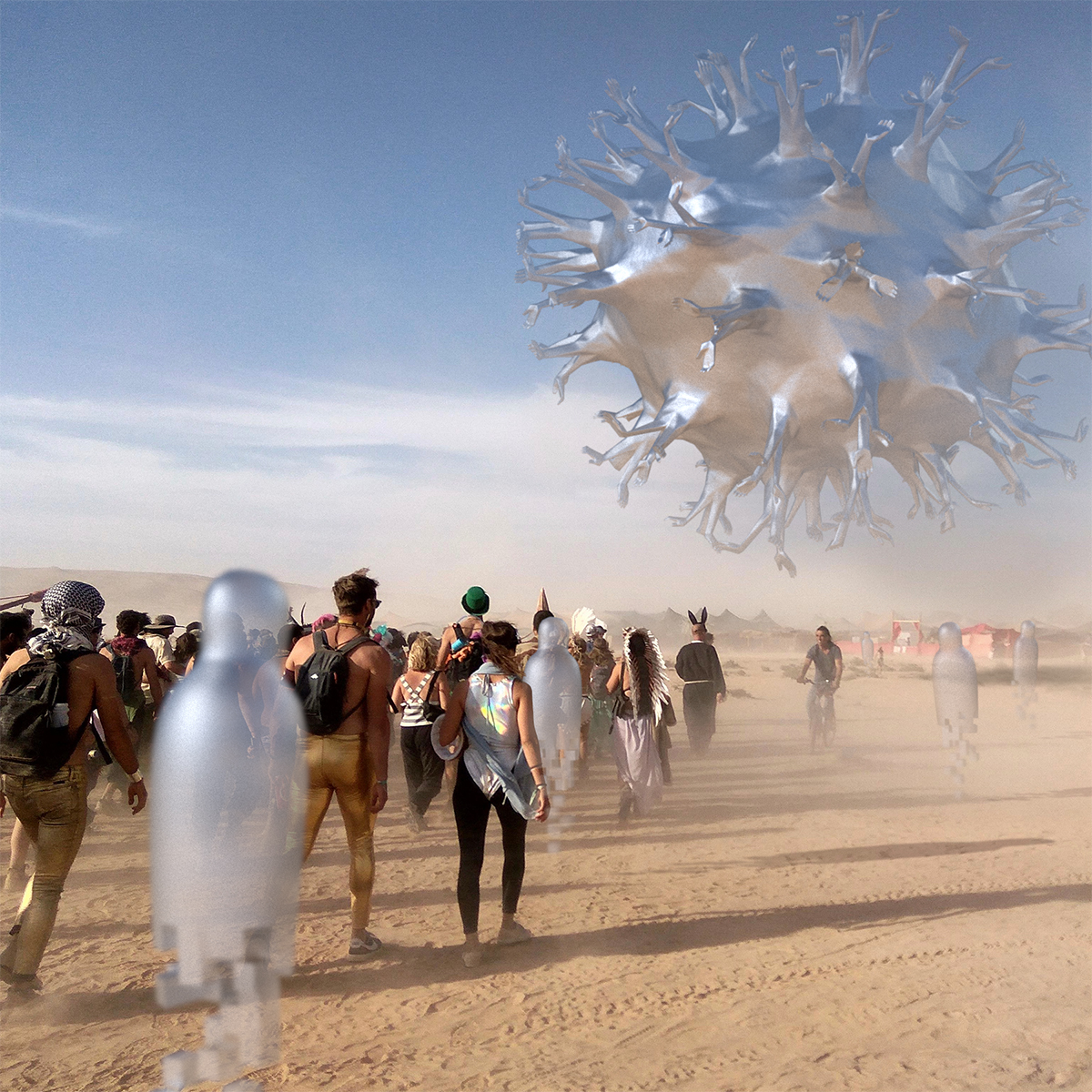
![]() ‘Charon AR’ by Vladimir Sheshak. Courtesy of the Artist
‘Charon AR’ by Vladimir Sheshak. Courtesy of the Artist
The artistic co-director of Ars Electronica, Gerfried Stocker once shared his opinion on the way the festival functions: Ars Electronica is all about the maximum flexibility and improvising. Can you agree with the statement? What features and characteristics have you noticed in the work of the festival? Which of them would you perhaps like to see on the local arts scene or even implement in your own curating practice?
H.N. Of course, Ars Electronica is about improvising. Gerfried Stocker is at the head, and he is the one who carries the vision. The festival organizers do it from one edition to another, but 2020 and 2021 have been a special case, because of the difficult conditions everyone has to face now. The organizers have just realized, they could not make it the way they used to over the past 30 years. As a result, Ars Electronica has become even more international. I also think they are stimulating the growth of the local communities by proposing changes and taking new initiatives.
O.C. On my part, I would also point out professional networking as a big advantage of taking part in Ars Electronica. The organizers seek to create a network of artists, curators, critics, and all those who have to do with the new media arts. As an emerging curator, I appreciate it a lot.
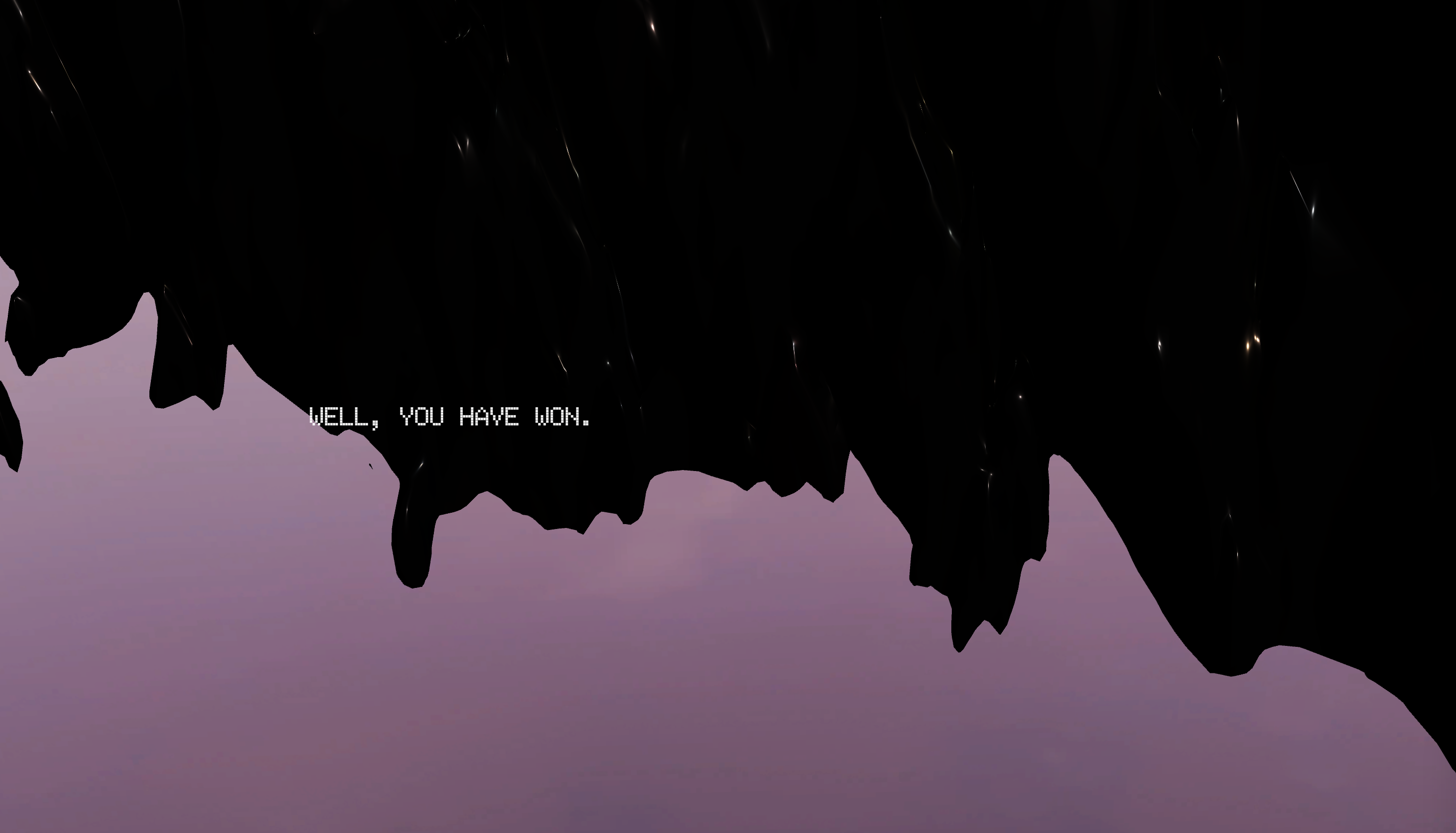
![]() ‘Aeternum illud’ by Xenia Obukhovskaya. Courtesy of the Artist
‘Aeternum illud’ by Xenia Obukhovskaya. Courtesy of the Artist
Now let’s talk about your project. The festival has a rather labyrinthine structure, which perfectly rhymes with the concept of ‘Kepler’s Gardens’. Uncanny Dream takes place in the Moscow-based Electromuseum in Rostokino, which is a member of the Moscow Exhibition Venues Union. How would you define the location of your exhibition towards the entire system of the festival, complex and intertwined?
O.C. For some reasons we didn’t face any kind of selection when applying. At least, we heard nothing of that. Once the organizers received our proposal, they were very excited about it, so we had really positive reviews about the project idea. I think Helena and I have just put one bullet in the bullseye. You know, the topic A New Digital Deal sounds vast and speaks for itself, so the exhibition Uncanny Dream has perfectly fitted in the entire concept of the festival.
Uncanny Dream tackles the issues of the ‘Coronacene’ epoch, which is relevant for people around the globe today. Actually, we are going to have an introductory online meeting with all the curators of ‘Kepler’s Gardens’ in a few days — the situation is different everywhere, and it changes! How should we deal with it? What kind of future awaits us? So I would say, our show mostly focuses on the mediums that answer those how-questions.
H.N. I think the other reason for including Uncanny Dream in the program was the interest of the organizers towards the Russian community of new media artists. That is what Martin Honzik, the festival’s director and curator told me in person: You have an amazing community of artists in Russia, but it feels like you are underrepresented globally.
What is also striking, this year we engaged young artists only a.k.a. ‘digital natives’, whereas in the previous editions there were participants from different generations and different post-Soviet countries. It is just Moscow and Saint Petersburg this time. As curators, we focus on the ways ‘digital natives’ explore the digital space in times of the pandemic. The organizers appreciated our concern for video games within the exhibition, while it is certainly the format that needs to be displayed online. Uncanny Dream has a true hybrid spirit — viewers can enjoy it both digitally and physically.
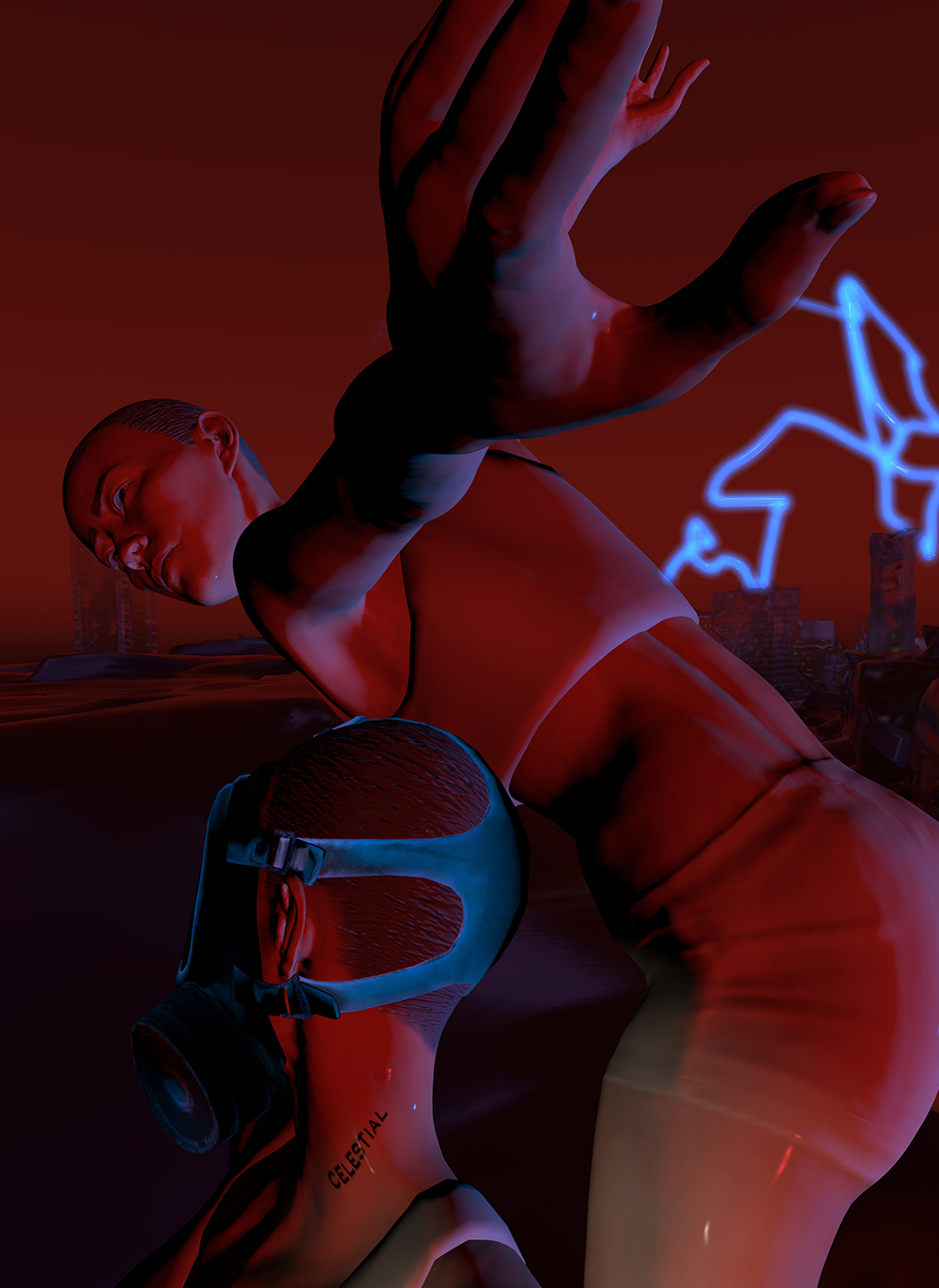
![]() ‘Aeternum illud’ by Xenia Obukhovskaya. Courtesy of the Artist
‘Aeternum illud’ by Xenia Obukhovskaya. Courtesy of the Artist
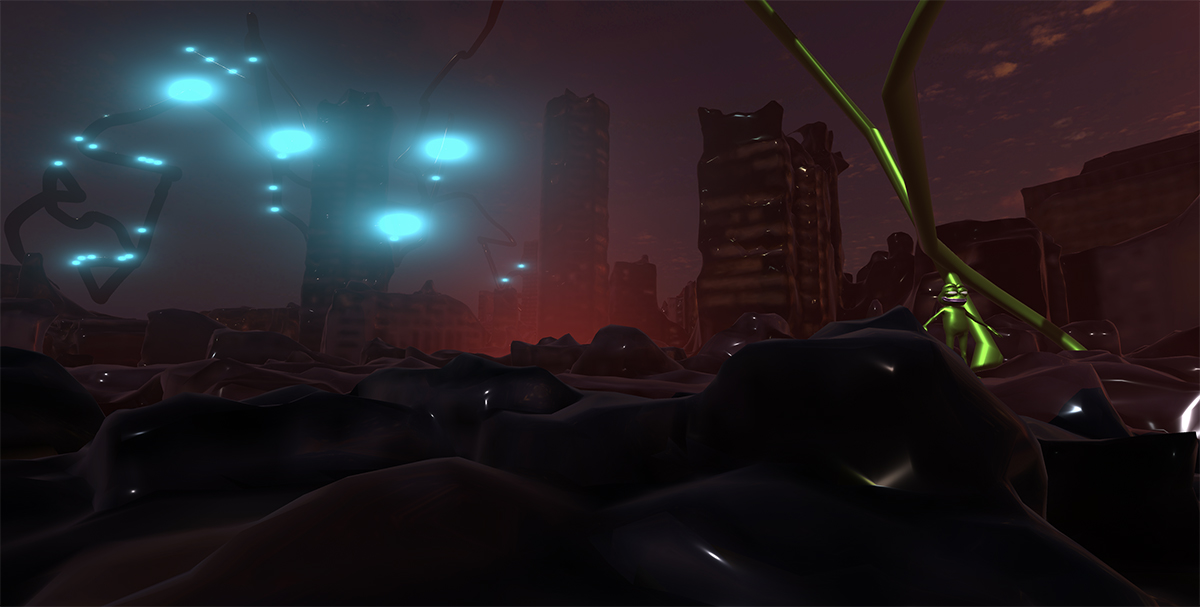
![]() ‘Aeternum illud’ by Xenia Obukhovskaya. Courtesy of the Artist
‘Aeternum illud’ by Xenia Obukhovskaya. Courtesy of the Artist
Uncanny Dream features works by 14 artists and 1 art collective. All of the participants reside in Russia and do digital art; apart from that, they have very distinctive backgrounds: e.g. in game development, architecture, and music. What selection criteria did you use while inviting the artists to become a part of the project? Were the personal links also in play?
H.N. Many of the artists selected are either from the Rodchenko Art School or the School of Contemporary Art Free Workshops
(Moscow Museum of Modern Art). Some of them are my students (Editor’s note: Neural Networks in Arts and Art & Science are Helena’s author’s courses). Together with Oxana we discussed which of the artistic projects could or better not be shown online. Oxana also suggested inviting some people from the Independent Video Games Community. Besides, the list of participants for Uncanny Dream includes artists like Yuliya Kozhemyako (Supr) and Fedor Balashov (WASDSWAG), who have already gained some international recognition. For instance, Yuliya has exhibited at the Venice Architecture Biennale this year.
O.C. Ideally, there should be an educational platform for the emerging media artists, so that they could later integrate into the global digital arts community. You know, it is hard to be a self-taught artist in the field of technological arts now. I guess educational and exhibit opportunities interlink here a lot.
Originally, we thought of organizing an open-call, but unfortunately we didn’t have enough time for it. There were only three months to prepare the entire project. That is why we decided to use personal links. After all, many things work like that in the contemporary art world.
H.N. I agree. As a lecturer and an independent curator, I often include the works of my alumni in some bigger art projects. It is like a short path from the classroom to the big art world, so to speak.
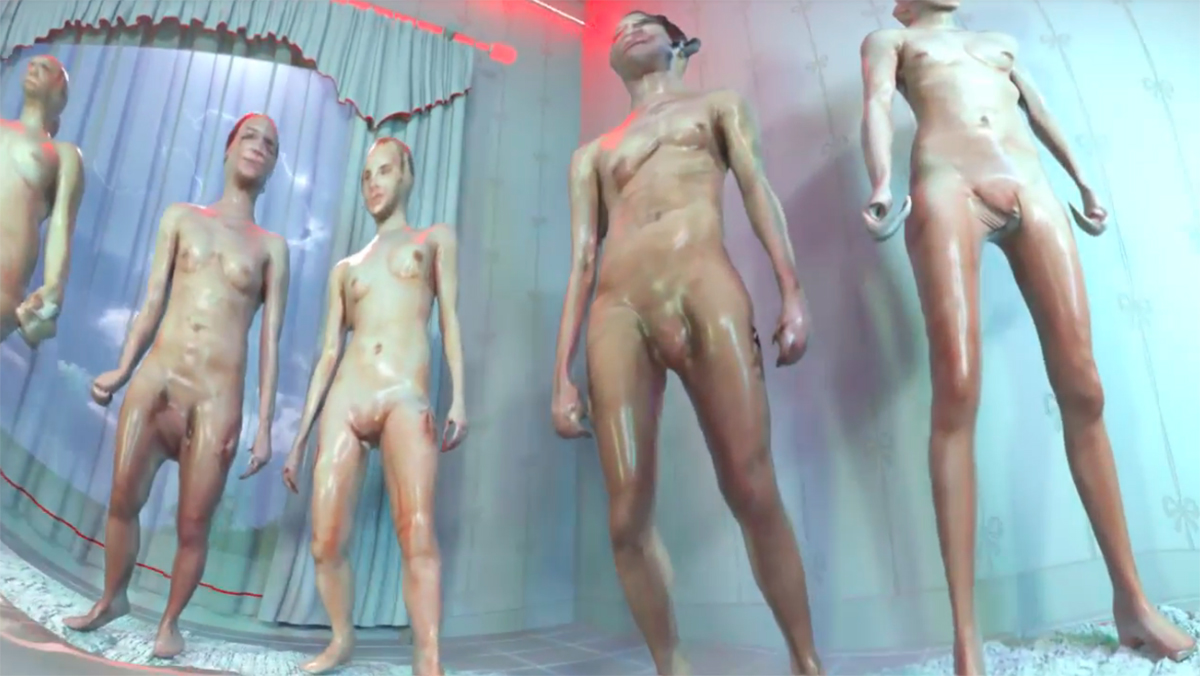
![]() ‘Neurofrodite’ by Nika Peshekhonova. Courtesy of the Artist
‘Neurofrodite’ by Nika Peshekhonova. Courtesy of the Artist
The press-release of your exhibition explains the title Uncanny Dream as an uneasy feeling one gets because of the ever-changing reality. The text says, the exhibition tackles such acute issues as AI bias, different forms of biopolitics, social isolation, and loneliness during the pandemic, which does not sound bright at all. Yet did any of the artists from those whose works have been selected for the Uncanny Dream dare to bring a more positive perspective on the topics listed above?
O.C. I don’t think anybody would describe this feeling as a depressive one, because of the emotional distance implied. As for me, the exhibition focuses on the common experience we all have gone through, it doesn’t have to do much with one’s personal feelings or state.
H.N. Yet I guess many of the artists intended to display that uncanny feeling. For example, Pavel Seldemirov’s project is exactly about that kind of sensation one has probably experienced during the pandemic. You know, the exhibition also suggests a metaphorical way of seeing things: a fairytale forest, which makes you feel… well, uncanny.
The following question I would like to be answered by each of you. Please choose one of the works featured at Uncanny Dream that, in your opinion, is essential for understanding the idea of the entire display. In other words, which work should the viewer pay special attention to?
O.C. I would definitely mention video games. There are like six of them, the works of Yuliya Kozhemyako, Katya Gallitskaya, Xenia Obukhovskaya, Anastasia Koroleva, Alexey Ryabov, and Pavel Seldemirov.
H.N. Yes, all of them discuss the pandemic experience, the major topic of the show. Given that the viewer is into video games, (s)he would easily grasp the idea.
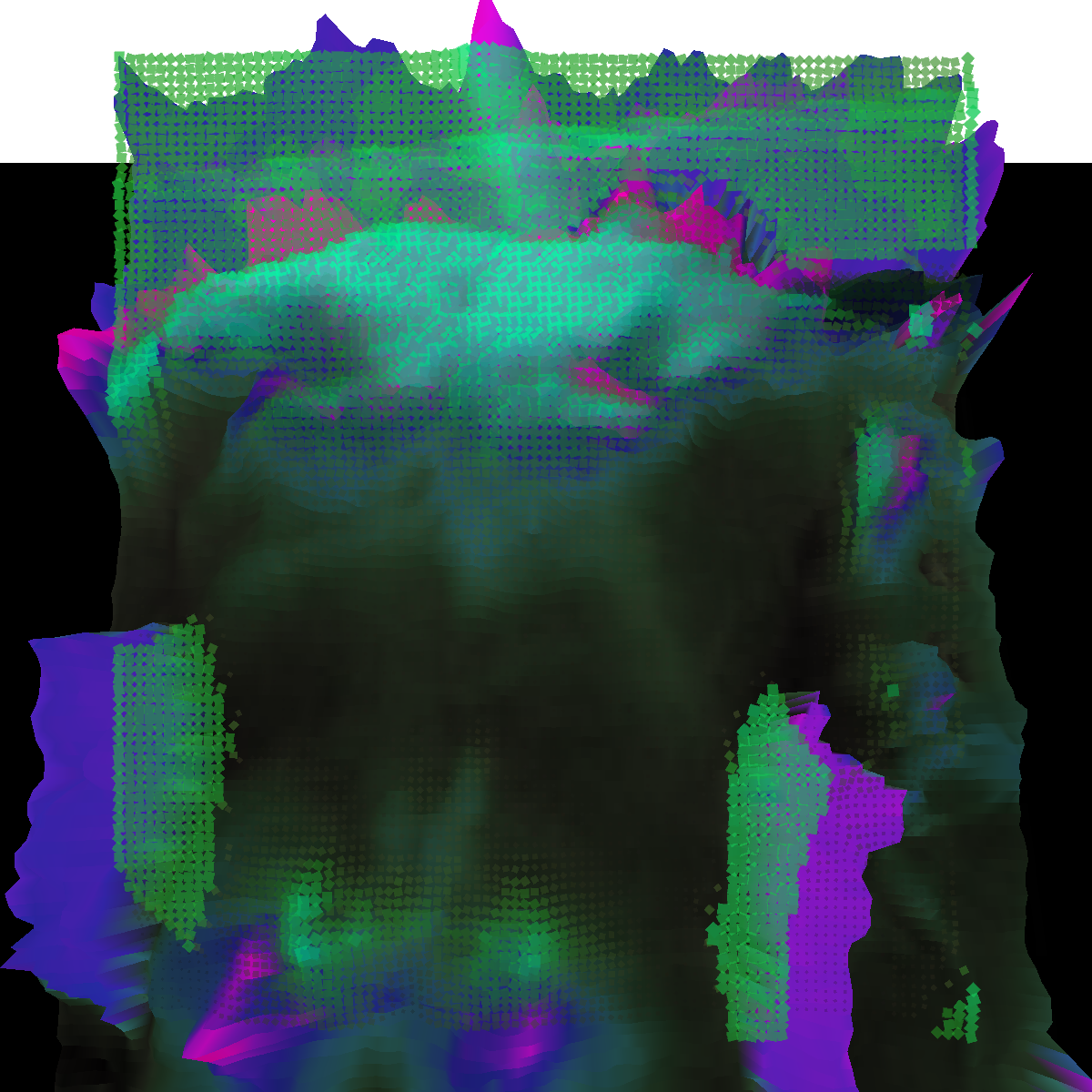
![]() ‘Generotic art’ by Fedor Balashov aka WASDSWAG. Courtesy of the Artist
‘Generotic art’ by Fedor Balashov aka WASDSWAG. Courtesy of the Artist
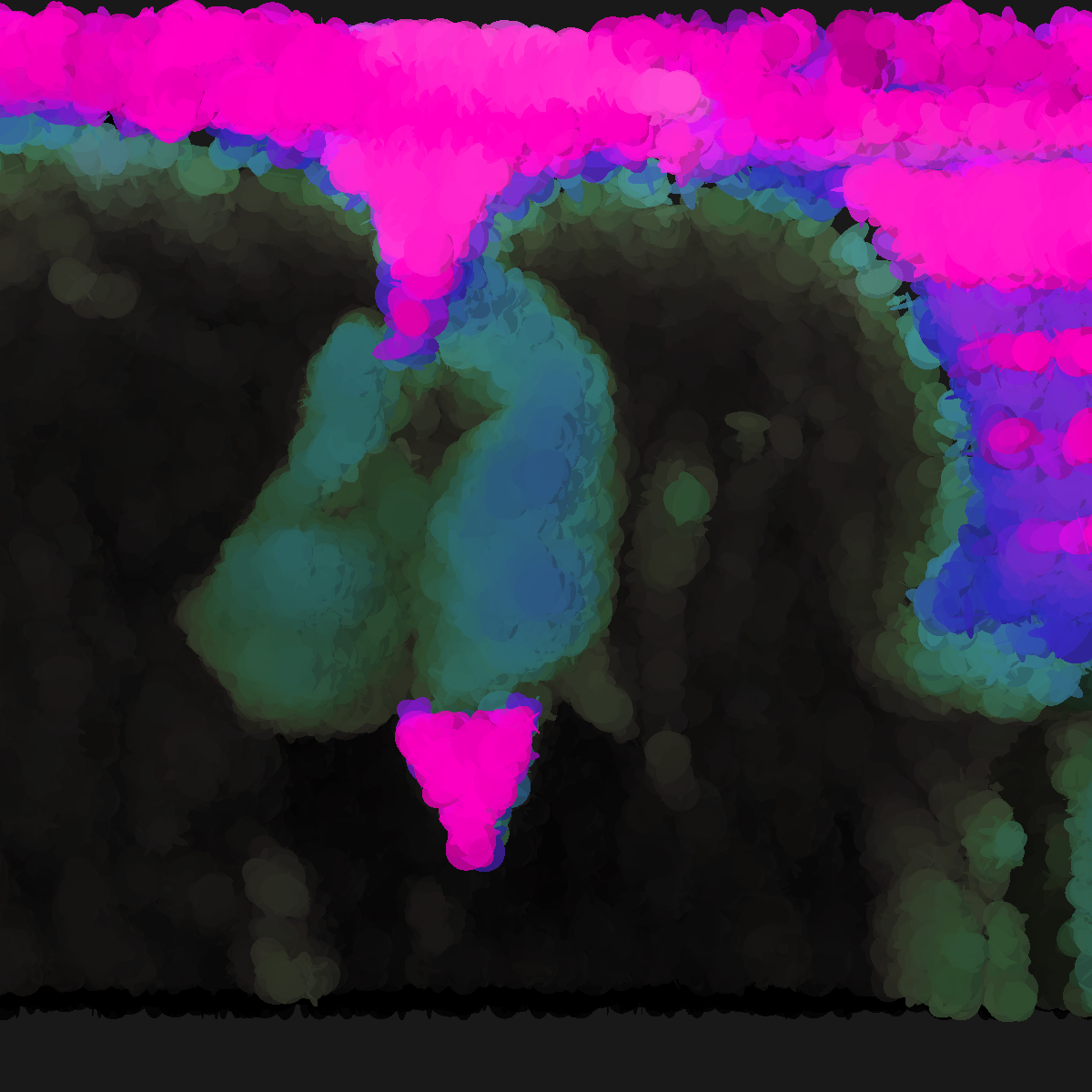
![]() ‘Generotic art’ by Fedor Balashov aka WASDSWAG. Courtesy of the Artist
‘Generotic art’ by Fedor Balashov aka WASDSWAG. Courtesy of the Artist
Helena, Oxana, I wonder how you came together as a curatorial duo for the current exhibition. Your backgrounds in new media arts seem to overlap, and, most probably, being based in Moscow, you knew each other before. How did you share the duties within the project? Was it easy and fast to reach agreement on the concept? And what is the best part of curating the show together?
H.N. I really enjoy working with Oxana and I like the very idea of collaboration. You know, while collaborating with someone, you can better see the other person’s perspective, which contributes to making the project multidimensional.
O.C. Yes, me too. I think we have made a very good team with Helena. By working together we can share our duties and discuss everything. We just have a gut’s feeling of what needs to be done (laughing). Perhaps, this is an indicator of us having grown up to high professional standards.
I wonder to whom of you the idea of the project belongs…
O.C. Helena came up with the title and the main idea for the exhibition, I would say. Afterwards, we have just got down to elaborating the concept. Personally I find it complicated to name things, whereas for Helena it might be easier.
H.N. Oh no, I am usually bad at names.
O.C. Really?
H.N. Honestly! However, this time it was very natural, I just had a picture in my mind, so I decided to follow it.
![]() ‚In Between‘ by Katya Galitskaya. Courtesy of the Artist
‚In Between‘ by Katya Galitskaya. Courtesy of the Artist
My last question, art curators just like artists usually appreciate all the projects they had in their creative career or, at least, the ones they decided to include in their portfolio. However, some exhibitions/initiatives are particularly appreciated. Can you say that Uncanny Dream as a form of your participation in the Ars Electronica festival was exactly the kind of experience you value so much? If so, how do you think it has shaped or will shape your curating practice?
H.N. Of course, it’s special. No idea how it is going to shape my future experience (laughing). It’s hard to say.
O.C. Well, taking part in Ars Electronica is definitely important for my career as a curator. I wasn’t sure of that when we just began working on the project, but now I am, absolutely.
H.N. I still hope we will be able to bring our project to Linz next year.
O.C. Hopefully.
2021 Ars Electronica Festival takes place from September 8—12 in its headquarters in Linz (Austria), locally, and online.
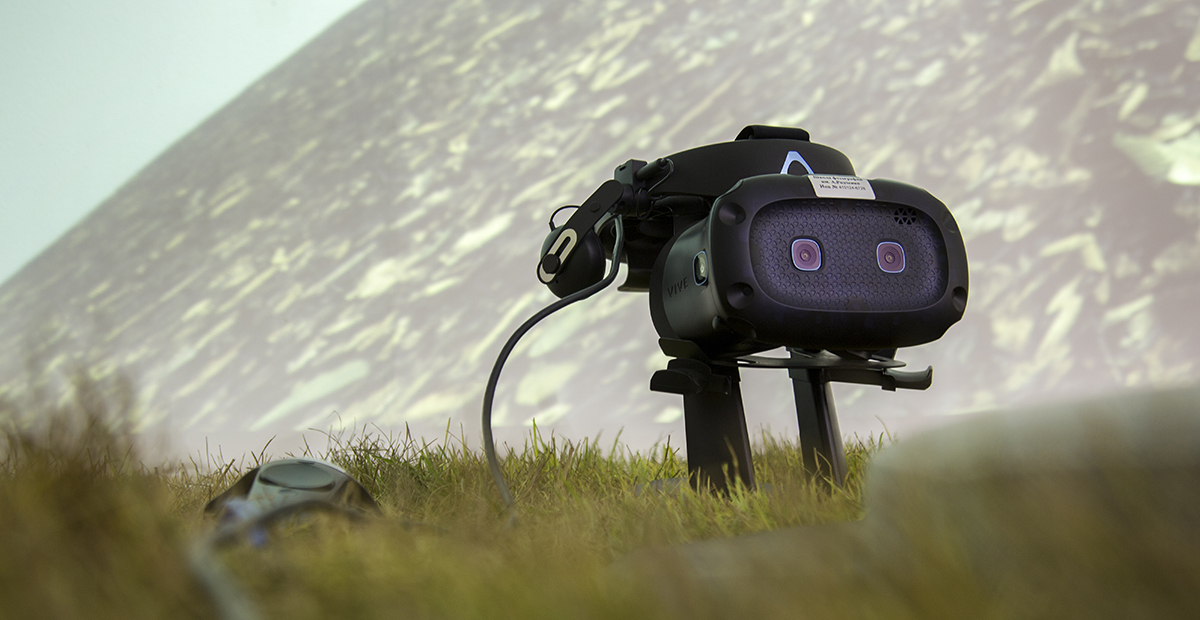
![]() ‚The Becoming‘ by Pavel Seldemirov. Courtesy of the Artist
‚The Becoming‘ by Pavel Seldemirov. Courtesy of the Artist
You can learn more about the project ‘Uncanny Dream’ and follow the news here: uncannydream.com/
And don’t forget to visit the festival website: ars.electronica.art/newdigitaldeal/

